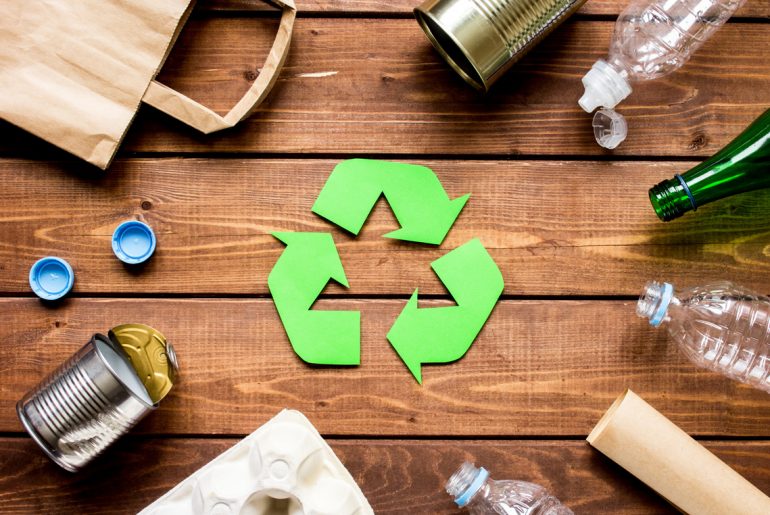Recycling isn’t always straight forward. You may have the best of intentions, but the various symbols, rules, and potential fines you can face for recycling the wrong stuff, would make anyone a bit annoyed. Further adding to the confusion, what can be recycled varies wildly from town to town. Then there is the seemingly elaborate number system, which is a mystery all of its own.
But those numbers (you know, the ones surrounded by the universal triple arrow symbol for recycle) don’t have to be a mystery any longer, per Greenmatters.com. It turns out, plastics are assigned a number (1 to 7), which can identify the type of plastic resin present. Knowing what these numbers mean can help you sort your plastics and identify the ones that your local recycling plant will accept.
Those numbers can also be valuable to you as a consumer because they can tell you if your product is likely to wind up in a landfill. If you know that your town doesn’t recycle certain numbers, you may want to consider buying an alternative product.
But first, let’s refresh what those numbers mean:

Plastic 1:
You’ve probably never heard the term “polyethylene terephthalate” or PETE, but you’ve probably encountered it in consumer goods before. It frequently is used as water bottles, peanut butter jars, soft drink bottles, TV dinner trays, and salad dressing bottles. It’s a lot of your food items, and the good news is, most plants recycle this type of plastic.
Plastic 2:
Plastic 2 refers to the high density polyethylene, or HDPE. It’s a little tougher to recycle, but still pretty common. This might include your milk jugs, laundry detergent bottles, motor oil bottles, butter containers, and even shopping bags.
Plastic 3:
When you hear ‘polyvinyl chloride’ or PVC, you probably think pipes, but this type of plastic also makes up a lot of shampoo bottles, window cleaner spray bottles, children’s toys, lawn chairs, and cooking oil bottles.
Plastic 4:
Plastic 4 refers to low density polyethylene, or LDPE. Your squeezable condiment bottles might fall in this category, but it’s largely made up of different types of bags, including those wrapping your loaf of bread, dry cleaning, frozen food, and produce. It also includes six-pack rings, tubing, and various tubing.
Plastic 5:
When plastic containers need to be filled with hot substances, a special kind of plastic needs to be used. Plastic 5 (PP) has a high melting point making it the best option for foods like syrup and ketchup. It’s also used for many bottle caps and straws, and auto parts..
Plastic 6:
The versatility of plastic 6, or polystyrene (PS), makes it a little harder to identify. Plastic 6 makes up a good amount of your take-out containers, disposable plates and cutlery, and egg cartons. You’ll also find it as desk accessories, cafeteria trays, coffee cup lids, and more.
Plastic 7:
Plastic 7 is mostly a catch-all category that everything that doesn’t fit neatly in 1-6 gets dubbed. Think of other plastics such as acrylic and nylon. This includes plastic lumber, bottles, headlight lenses, safety equipment, and more.
Now that you know what the number stands for, double-check your local recycling guidelines, then check the bottom of the products in your home. Nearly all recycling services haul away plastics 1 and 2, but after that, it really depends on your area. Check out your local .gov website to learn what exactly they will accept.
And take a step toward being greener in the future, and try to avoid products that you know can’t be recycled.
Also see, 15 ways to use less plastic in your life.




